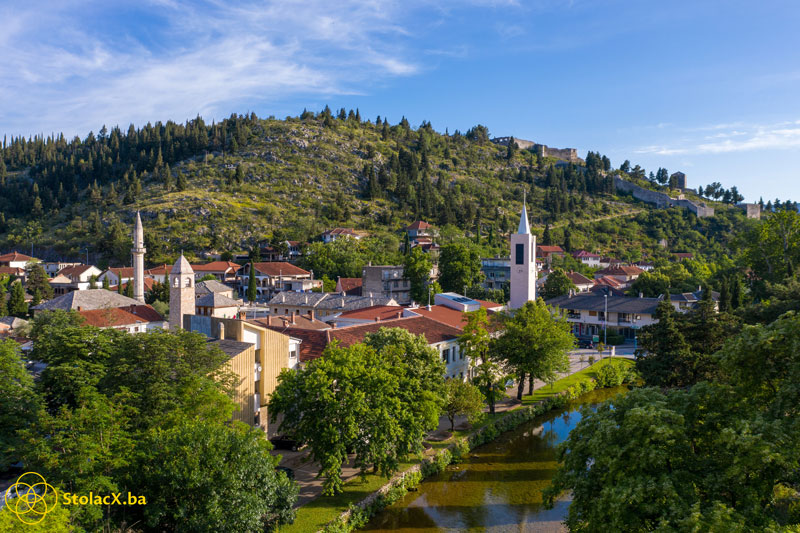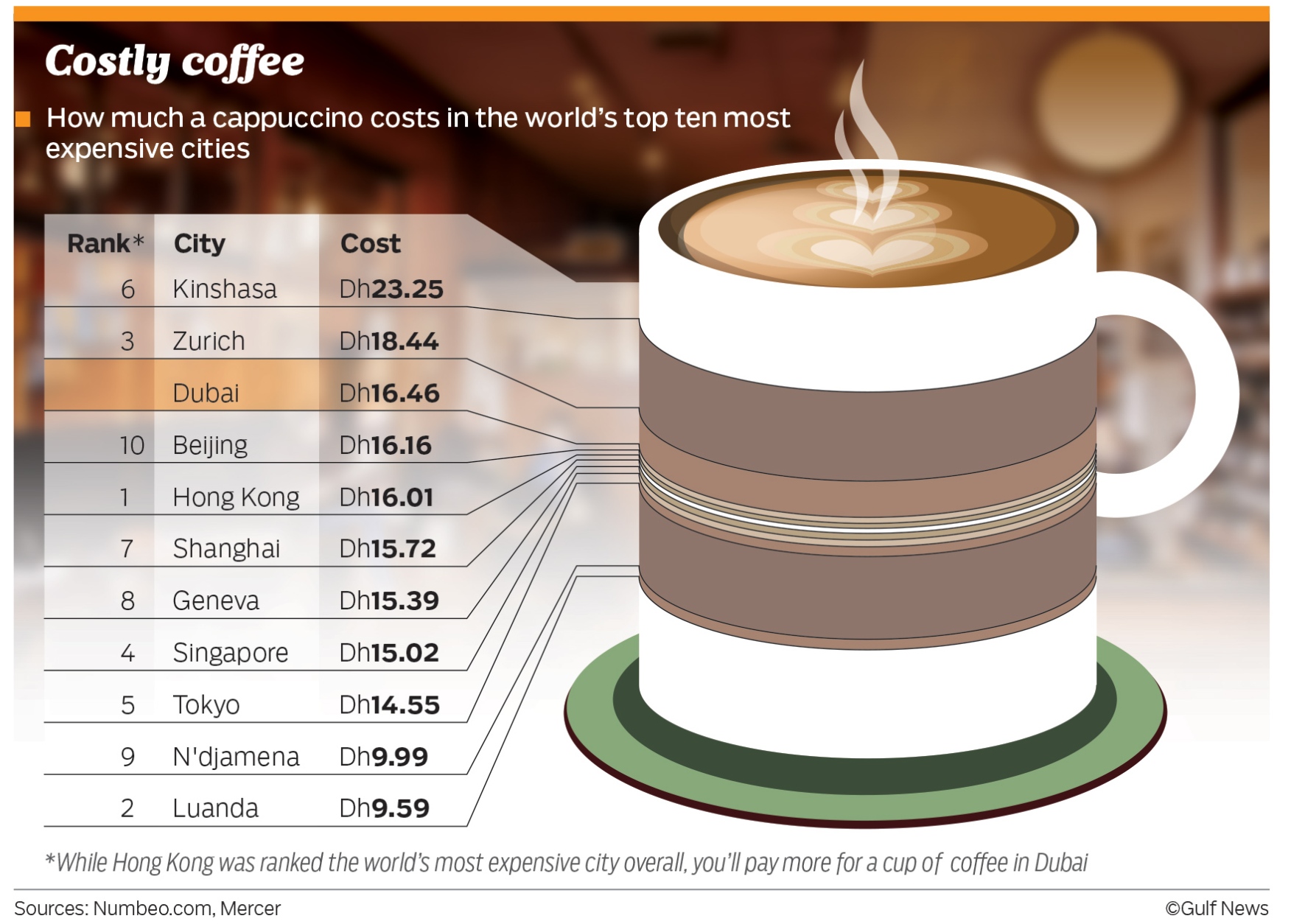Estonia Coffee meets Ivona Terkes Salmanic
The coffee story is different around the world, no doubt of that. I remember my horrification when I first came to Estonia and found out that Estonian cafes don’t serve a glass of water with your espresso. Even worse, they open at 10:00. I spent a lot of my barista years opening a cafe at 07:00, so you can imagine my surprise. But enough about me.
That’s how this part of the page started. I will try to interview as many people from different parts of the world, in order to get their coffee stories.
Meet Ivona Terkes Salmanic. An Aussie Teacher in a UAE private school, coffee aficionado, and overall, a great person. Let’s hear what she has to say.
The following story is entirely written by Ivona Terkes Salmanic.
My coffee story
Living across three different continents over the last few years has exposed me to three very different ways of life… One of the most intriguing things was the culture around coffee. Here are my experiences.
I was born in Stolac, a small town in Bosnia and Herzegovina. I have lived most of my teenage and adulthood in Sydney, Australia. Half of my family lives in Stolac, so I visit them often – every year or two. I met my husband while travelling, and in August 2021, he & I moved to the UAE.

Balkan coffee story
For most Europeans, coffee is a culture itself. In the Balkans, coffee is an integral part of everyday life. You start your day by waking up, getting dressed, and walking to your neighbourhood bar. The waiter, who you most likely know by name and who you probably spent a good chunk of your childhood with, makes you the perfect strong espresso without you having to ask. Then you hustle off to work.
In the afternoon, you will most likely sit for hours, sipping your espresso with a friend. You’ll have coffee before work, during your lunch break, and after work. Before and/or after attending church – Sundays are when the whole of the town is out and about. While meeting with a friend, before a wedding, christening, or party… Do you see where I’m going with this? Even the smallest towns have at least a few local bars. Most of the time you’ll sit outside soaking up the European winter sun or finding refuge under a shady terrace in the heat of summer. Either way, your coffee is leisure. It is cheap and it is an experience that you savour.
As a Croatian, when you have someone come into your home, whether they are a friend or you’ve never met them before, coffee is made, and it is always offered. It is a cup of welcome. When you leave the house, it is “idem na kavu” (I’m going for a coffee). You know that whenever you go, you’ll start your night out with a coffee. After coffee, you move on to alcoholic drinks. It was only in June of 2021, my husband and I were sitting for our morning coffee in our hometown, I witnessed something strange, a woman asking for her coffee – takeaway. I was blown away.
UAE coffee story
When we arrived in the UAE attempting to navigate our new lives, I was excited to try what I thought would be real Arabic coffee. Instead, we quickly came to realize that sitting and enjoying a well-made cup or two of coffee in a cafe would be hard.
Most Emiratis live a life of convenience. They park curbside, beep their car horn, and a server goes outside with an iPad in hand and takes their order. They wait in their car and drive off once they receive their order. When I enquired local Emirati students about this, wondering if it was due to COVID, they shook their heads. They may also order their coffee through Talabat – an app similar to UberEats. We are yet to find someone who frequents a local cafe. Instead, they consume chain store coffee – Starbucks, Tim Hortons, Costa, or Dunkin’ Donuts, and they like their coffee sweet (more cream, ice cream, and shaved chocolate please!). Emiratis love sweet Spanish lattes – condensed cream mixed with an espresso shot.
Across from our first apartment was what I would describe as an eat street we had over ten coffee shops right at our doorstep. My husband and I were determined to find one that would be “our” cafe. After trying them all, we came to realize a few things:
- most cafes only looked aesthetically pleasing
- we were usually the only ones sitting at the cafe
- most servers weren’t trained baristas.

Some of the coffee we had in our first month was undrinkable and bitter. I don’t know if it’s because the water in the UAE has to be desalinated or that the milk is a challenge to work with. The cows here don’t eat fresh grass therefore their milk breaks down easily and doesn’t blend well. After three months of failing to find a decent cup of coffee, we gave up and bought a Nespresso machine. Additionally, coffee is particularly expensive. Every so often, we purchase a coffee when we are out. The best cups we’ve had were at a small Kenyan coffee stand in Global village – a seasonal event. I also had a great long black at XVA Art Cafe in Al Seef, Old Dubai. However, my husband found the perfect macchiato in La Brioche (a chain) in Al Ain.
Coffee ceremony
At my first job in the UAE, I did a small favour for an Emirati colleague who spoke very little English. The next day, she walked up to my desk, said good morning, handed me a cup of black coffee, and served it to me out of a spouted jug called a dallah. Then she opened a small box full of dates, dried nuts, and fruit. She told me it was a thank you gesture common in their culture, it was rude to decline, and that you should always take at least three pieces of anything when it is offered to you.
Elders are often served first and it is served to guests and friends when hanging out together. As I sipped the coffee with her, I asked if it was flavoured – she explained that sometimes the coffee is brewed with cardamom and saffron and that this one had a mixture of both. I find that most locals (at least the ones I’ve met) prefer saffron tea instead of coffee. My students would bring a huge pot and serve a cup to everyone in the class, myself included. Nowadays, when I order coffee out, I order (what I call) “Turkish” coffee with my slice of baklava.
Coffee story Down Under
The coffee story in Australia is a little different. Not only is it an experience, but it’s also a way of life and is about relaxation. Aussies live a fairly active and busy lifestyle, but we always have time to ask “Hey mate, how are you going? Let’s grab a coffee”. No matter your budget, we always have money for coffee. The young are teased about how we can’t afford a house because we were spending all our money on coffee. While not entirely true, as a broke university student almost a decade ago, I would budget for my daily AUD 3.50 coffee at university. We would meet 45 minutes before our class to sit on the grass and sip coffee. Australians are all about quality, not quantity. I’d happily pay AUD 6 for a glorious cup of pure Aussie gold, and I think the rest of Australia agrees with me.
I’m sure you’ve heard about when Starbucks arrived in Australia? They lost $143 million – because Aussies just wouldn’t drink it and pretty soon the franchise almost disappeared. I believe that our coffee is great because over 95% of cafes are privately and independently owned, each unique just like the people who live here.
Australia has amazing coffee
Hindsight is a strange and wonderful thing. Living far from home has made me realize just how great our coffee culture is. A few years back when I was travelling across the US, I met a German girl who lived in Australia for four years. Upon finding out I was an Aussie, she proclaimed “oh my gosh I miss Australian coffee so much, it’s so good. The best I’ve ever had!”
I laughed, thanked her, and didn’t think much else about it… Until I realized that I pretty much almost disliked every cup of coffee I drank in the States – I did have one great cup somewhere in San Francisco.
I feel biased, but after living in Sydney for the majority of my life, believe me, when I say, it isn’t very often that I stumble across bad coffee in Australia. Especially in cities like Sydney and Melbourne. Even isolated places in the middle of what I would call bum fuck nowhere in Australia seem to get it right – places like Mallacoota in Victoria or Innisfail in Queensland. Mainly because a trained barista is making your coffee, they can tell you about the bean, they understand the difference between a flat white (I mean, we invented them) and a latte, a piccolo, and a macchiato. They know the ratios of coffee and milk, how to properly froth oat milk, almond milk, and how to heat soy milk.
Cup of conclusion
My friendship circle is a vibrant melting pot of cultures – Serbian, Chilean, Greek, Kurdish, Vietnamese, and Lebanese, to name a few. All of which take their coffee pretty seriously, so we have a mutual love for coffee. We use it as a greeting tool and a bonding agent. We often lounge around rooftop cafes sipping coffee while enjoying a view. Usually, we sit on terraces with friends and family members relaxing after a long workday. Other times we’ll get a coffee takeaway before taking a long stroll or sit at a beach over the weekend. We Aussies are suckers for coffee art, creativity (avocado lattes, anyone?), and love fusions like a taro latte. To Aussies, there is nothing more comforting than a perfect cup of coffee… unless it’s a perfectly poured craft beer, but that’s an entirely different story.



